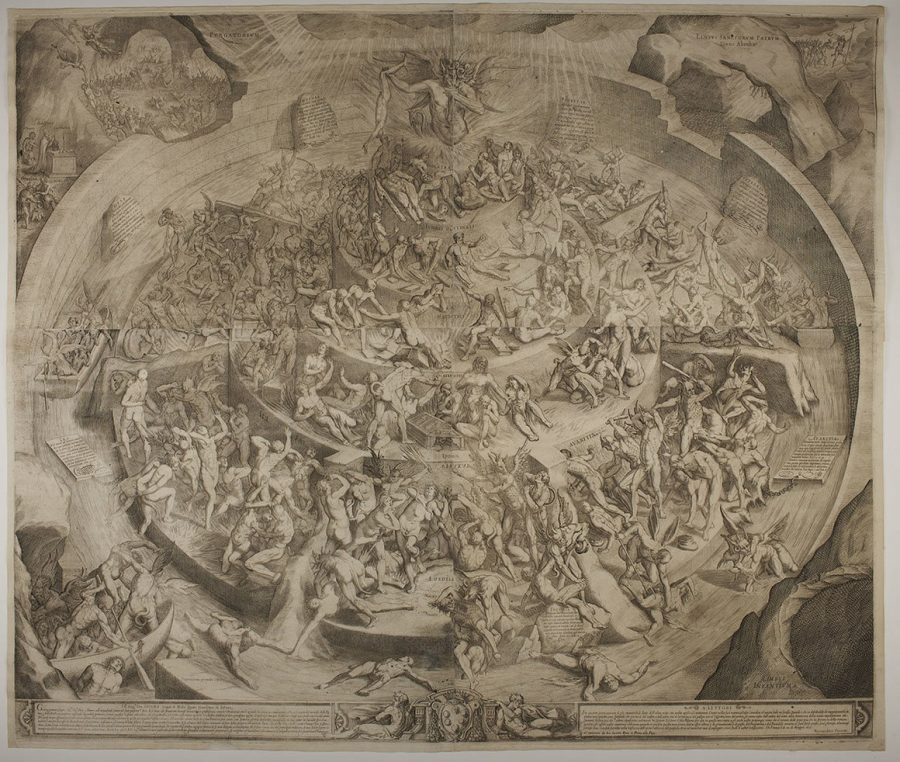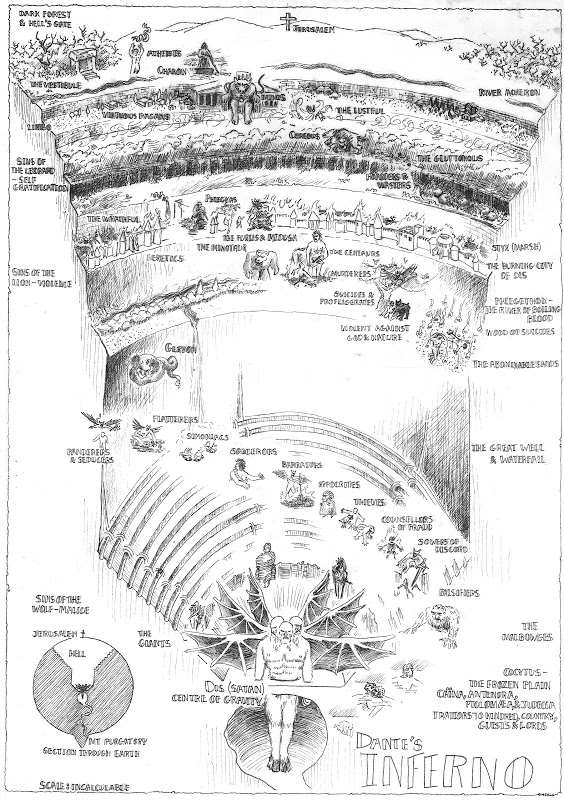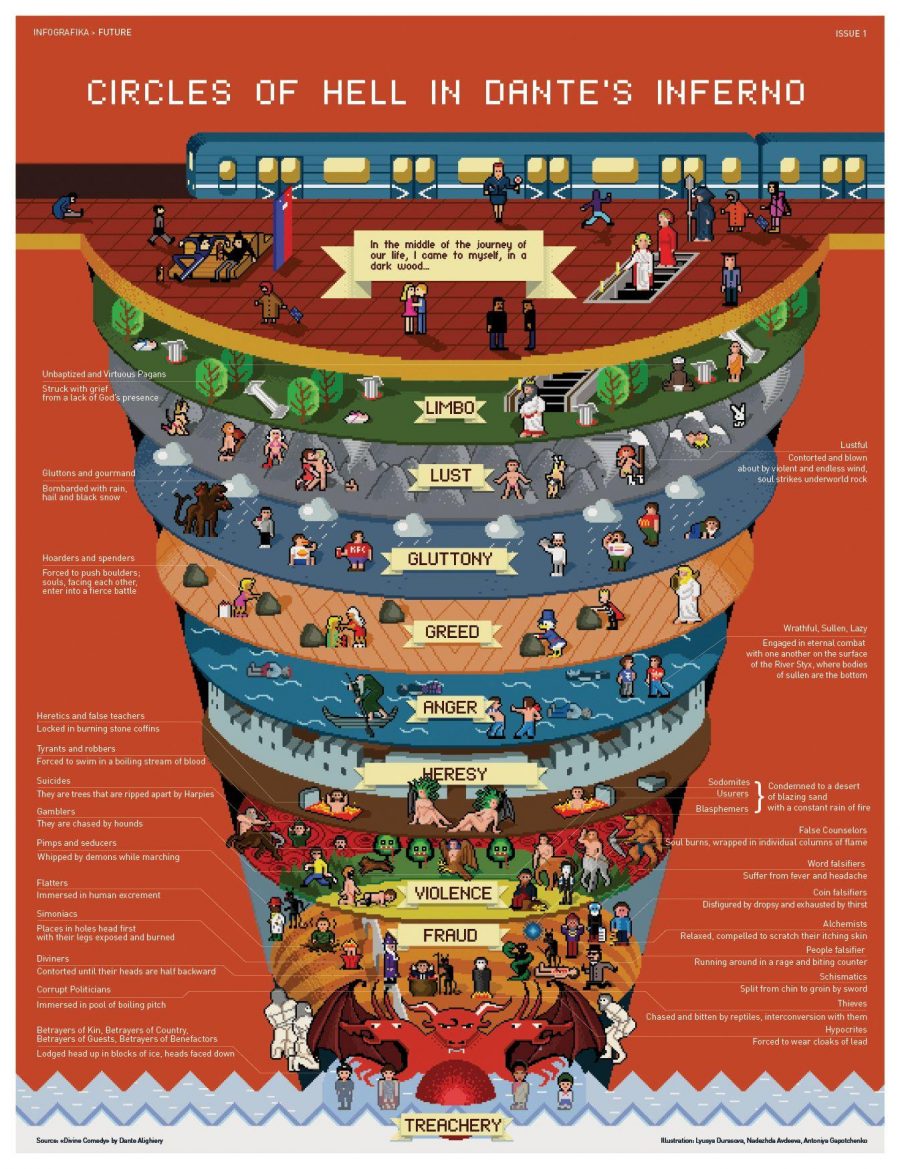“Suicide,” writes Albert Camus in “The Myth of Sisyphus,” has never been dealt with except as a social phenomenon.” And yet, as Alain de Botton argues in his School of Life video above, at least when it comes to media and government priorities, contemporary societies prefer to hardly deal with the problem at all, even though it claims the lives of some 800,000 people every year. “It remains entirely strange,” says De Botton, “that through the media we should hear so much about killers and so little about those who take their own lives.”
Given that so much mass media seems to specialize in producing a fear of others, perhaps this is not so strange after all. However, when it comes to the allocation of government resources, most “in the wealthy nations tend overwhelmingly to direct their efforts to dealing with poverty, illness, and aging,” and devote little to the problem of suicide. This may be due to social stigma. “Suicide is the supreme reminder of our intense psychological vulnerability,” and in highly religious societies, like the United States, it carries an added stigmatization as a “sin.”
Nonetheless, “given that more people die by suicide than are collectively murdered, die in traffic accidents, or are killed by animals,” it should stand to reason that we would expend more effort on finding out why. Perhaps over and above philosophy and the social sciences, De Botton argues that literature alerts us to the importance of several qualities that make our lives matter, including “love, self acceptance, meaning, hope, status, pride, forgiveness.” Such intangibles have no price or value in the competitive marketplaces that increasingly dominate our lives.
The trivialization of psychological needs leads to another common feature of suicide—the “element of surprise.” The suicide of those we know, or thought we knew, nearly always comes as a shock, which De Botton takes as “evidence of an unwitting neglect of one another (and of ourselves).” It does not serve us at all to live in denial of suffering or push despair to the margins of thought. “We should always be mindful,” Arthur Schopenhauer wrote in 1818, “of the fact that no man is ever very far from the state in which he would readily want to seize a sword or poison in order to bring his existence to an end.”
Schopenhauer’s grim universalizing statement, however, does not accord with the vast differences in suicide rates across societies. Certain countries, like Kuwait, have rates close to zero, or 0.1 in 100,000. By contrast, China has the highest rate of all, at 25.6 in 100,000. One significant difference, De Botton argues, has to do with the “interpretation and acceptance of difficulty,” including “a greater acceptance of failure, a higher role for forgiveness,” and “a status system that honors intrinsic value over achievement.”
The difference in suicide rates between nations does not have anything to do, however, with wealth. “One of the most surprising aspects of suicide,” De Botton observes in the video above, is that rates tend to rise “markedly the richer and more developed a society becomes,” a phenomenon that might appear to “negate the whole purpose of economic growth”—that is, if we assume the purpose is the maximization of human well-being. The suicide rate of an “undeveloped country like the Democratic Republic of the Congo,” he notes, “is a fraction of the rate of a developed country like South Korea.”
De Botton does not address the problem of inequality within wealthy societies. The United States, for example, the wealthiest country in recorded history, also has the greatest degree of economic inequality in history. Here, suicide rates have risen an astonishing 25% overall and over 30% in half of the states since 1999. De Botton’s cultural explanation for widely varying suicide rates between different kinds of societies may help us understand that alarming increase.
Paraphrasing the work of sociologist Emile Durkheim, he tells us that “the crucial factor behind people’s decision to end their lives is not really wealth or poverty…. It’s the extent to which the surrounding culture ascribes responsibility for failure to individuals” rather than to external factors beyond our control. Ideologies of individualism and meritocracy create grossly exaggerated beliefs about our ability to influence events in our favor, and grossly exaggerate the shame and stigma heaped upon us when we cannot do so.
This makes high-profile celebrity suicides seem to us the ultimate conundrum, since such people appear, at least superficially, to have it “all”: wealth, power, talent, status, and acclaim. But the celebrity culture that elevates some people beyond the reach of ordinary mortals can also be profoundly isolating, creating illusions of happiness rather than genuine fulfillment. We can never truly know what private griefs and personal feelings of failure and sorrow other people live with. Tending to our emotional needs, in spite of societal pressures and narratives, is critical for suicide prevention and can greatly deepen our care and compassion for ourselves and those around us.
Suicide is one of the top 10 causes of death in the U.S. right now. Call 1–800-273-TALK (8255) for help and support.
Related Content:
Stephen Fry on Coping with Depression: It’s Raining, But the Sun Will Come Out Again
Josh Jones is a writer and musician based in Durham, NC. Follow him at @jdmagness









